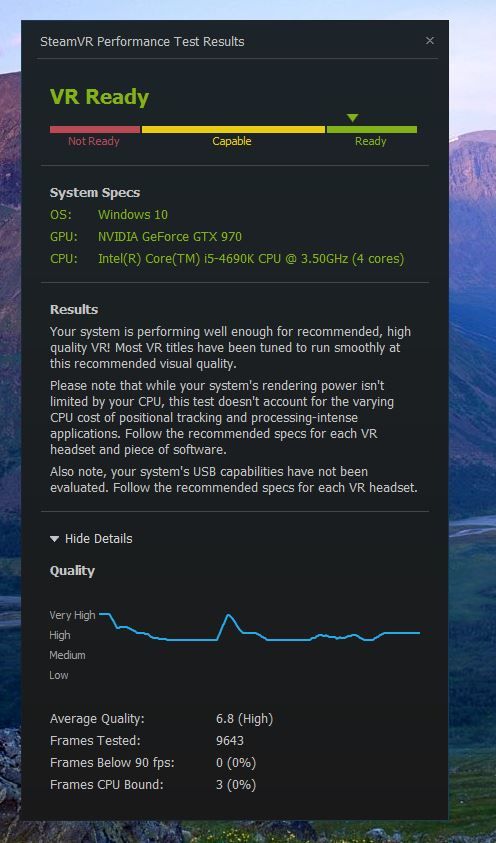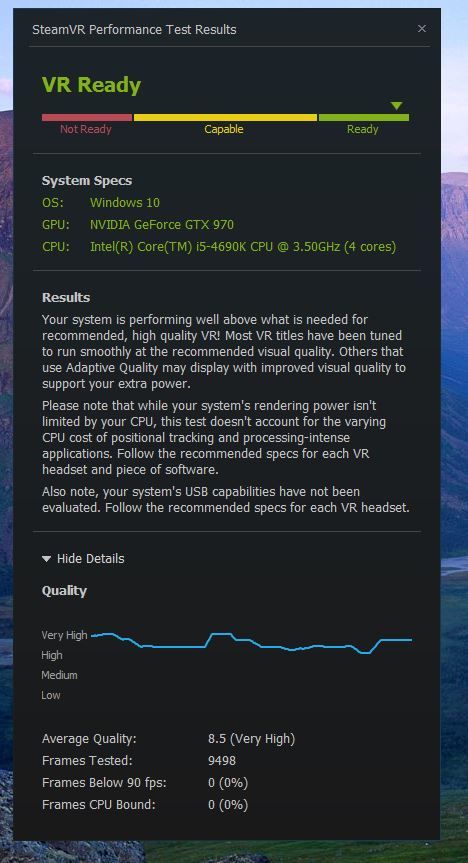even more so now i just bought a Freesync screen..
Same here, though i'm currently running on intel onboard gpu, so I will definitely be buy a RX 480
Please remember that any mention of competitors, hinting at competitors or offering to provide details of competitors will result in an account suspension. The full rules can be found under the 'Terms and Rules' link in the bottom right corner of your screen. Just don't mention competitors in any way, shape or form and you'll be OK.
even more so now i just bought a Freesync screen..
The new 16nm architecture has still masively improved power efficiency though, even over and above Polaris/480. A 150w 1070 can outperform a 250w 980tI.

Delta compression is already in Tonga. 285/380/X ^^^^ in that sense those cards are faster than a 290X, in actual results.
I'm all PCB'd out, want some official game benchmarks....
You have not met my 980 Ti's.

The new 16nm architecture has still masively improved power efficiency though, even over and above Polaris/480. A 150w 1070 can outperform a 250w 980tI.
I would say Pascal is slightly worse clock for clock, NVidia have sacrificed quality for speed.
I think Pascal is a slightly enhanced Maxwell, nothing wrong with that, Maxwell was and still is a good architecture.
Maxwell and Pascal have exactly the same performance per clock ratio (according to PcPer) - what you perceive as inferior is because what we have now has less Shaders, Rops and memory bandwidth than Titan or Ti.
I would say Pascal is slightly worse clock for clock, NVidia have sacrificed quality for speed.

Overclock one of these to GTX 1080 clocks and the difference is massive.
Maxwell and Pascal have exactly the same performance per clock ratio (according to PcPer) - what you perceive as inferior is because what we have now has less Shaders, Rops and memory bandwidth than Titan or Ti.
Its got nothign to do with sacrafcing quality.
When you analyze the theoretical clock speed of a processor you have to look at the instructions that take the longest times, which invariably means an electrical signal that has to travel through the most number of transistors. Each transistor has a switching speed governed by the process. A certain lengthy instruction that must travel through X transistors each switching at Y nano seconds will take X*Y nanosecond to compute, giving you he highest possible clock speed of 1/X*Y. If you find these critical long instructions and improvement them so they say less time, say 0.8*X then you can increase the clock speed to 1/0.8*X*Y. Sometimes you can't optimize the instruction, so you split that instruction to be computed over multiple clock cycles.Lets say you double the number of clock cycles o commute that instruction, your clock speed is now 1/0.5*X*Y, however whenever that instructions needs computing it will take twice the number of clock cycles.In doing so you have reduced the IPC. The IPS for that instruction has remained the same, but the average IPS of all instructions has increased.
So for about the 1 billionth time, IPC is absolutely meaningless in determining performance. NVidia have official said they have performed extensive critical path optimization on Pascal in order to maximize clock speeds, at the potential expense of IPC (although most reports are indicates there is a pretty minimal difference in IPC). It is completely meaningless how Nvidia achieved the increase in performance, all that matters is real world gaming performance.
The same applies to AMD. The 480 may not be as fast as the 390x in theory, but all that matters is real world performance.

Delta compression isn't a binary thing though. it is an algorithm, it can alway be improved. Nvidia have had some forms of delta compression since before Fermi I believe but keep improving on it.
This is the kind of thing that I think AMD have put a lot of work in to for Polaris. This allows the 480 to equal a 390x with a 256bit bus vs 512bit.
As I was saying.
That makes sense, even at quick glance you can tell if the Titan-X could clock as high as the 1080 it blow it out of the water.
The 1070 struggles to stay ahead of a clocked 980TI
That makes sense, even at quick glance you can tell if the Titan-X could clock as high as the 1080 it blow it out of the water.
The 1070 struggles to stay ahead of a clocked 980TI
That's exactly what I said ._. The difference would be massive just because of the extra Rops and Shaders.
1080 and 1070 are carried only by their crazy clocks, as far as everything else they are indeed midrange.
No, you were saying soemthign about sacrificing quality, which is meaningless garbage.

Since SteamVR is being dumb I thought I'd do some comparative firestrikes and try to interpolate a relative performance for the 480 assuming the 6.3 VR number is underclocked to 900mhz. I know its not perfect but we're just goofing off while waiting for some real info so I thought I might as well see what we get.
900mhz is about a 29% downclock, so I set my clock to 781. This gave me a Firestrike score of 10156 compared to the usual 13589. This means that the stock clock is about 1.34x as strong as the downclock. Multiplying that by 6.3 gives a steamVR score of 8.4 for a stock clock 480 (IF the 900mhz idea is accurate).
Here's the chart:

This looks to be inline with the rumors, putting the stock 480 between the 390x and the 980.



